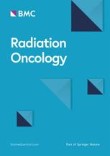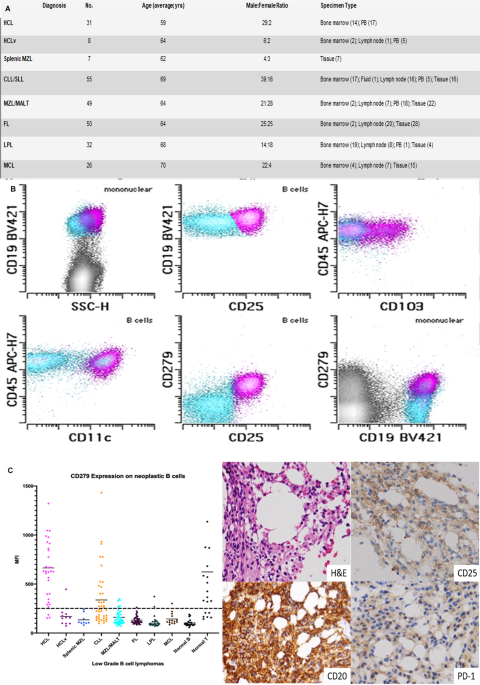Abstract
Introduction
Understanding the etiological factors, stress and quality of life have important implications in the management. There is dearth of literature in this subject, assessing the stress levels in hand eczema and disparities exist in results of the available literature.
Objectives
Primary objective of this study is to assess the clinico‐etiological factors in cases of hand eczema. The secondary objectives include to find any correlation between morphological types and the etiological factors, and to determine the role of stress level in these patients.
Materials and methods
Patients with hand eczema who attended the outpatient department of our tertiary care institution were enrolled in this descriptive study. Socio‐demographic and clinico‐etiologic data were collected and patch testing of all patients were done. Stress levels were assessed with Perceived stress scale (PSS).
Results
Among the 62 patients enrolled, allergic contact dermatitis predominated with 37 (59.7%) cases and patch test was positive in 41 (66.1%). Potassium dichromate was the most common allergen in males, and fragrance mix in females. Significant levels of stress were seen in 67.7% of the subjects. There was no significant correlation between morphological subtypes and the identified aetiologies.
Conclusion
Hand eczema is most commonly due to allergic contact dermatitis, and patch testing is helpful in reaching an etiological diagnosis in most of the cases. A large proportion of patients have high stress levels, and hence stress management should also be a part of treatment in addition to traditional treatment.
This article is protected by copyright. All rights reserved.






